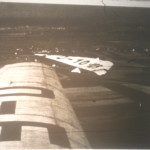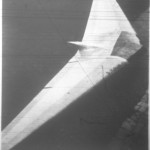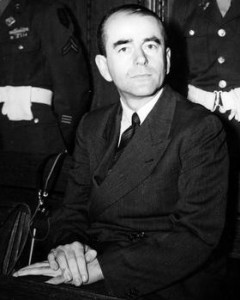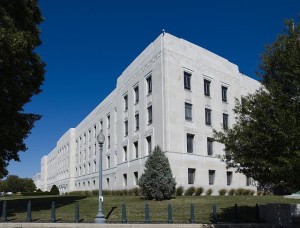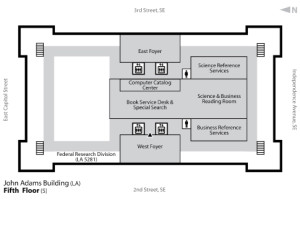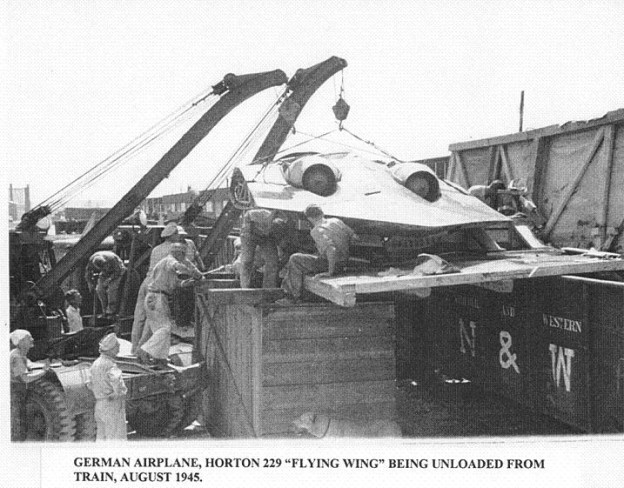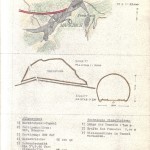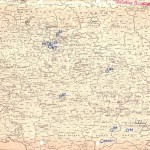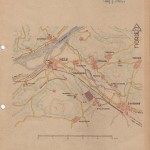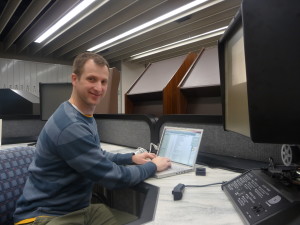
Last Friday was archival research day. I spent the whole day at the National Archives at College Park. Well, let me rephrase that, I spent half the day getting there and back, and half the day in the archives.
The only way for me to get there was to take public transportation. I took the Metro bus from my house to George Mason University. From there I took the CUE bus to the Metro Station. One change on the Metro in DC and then I was at University of Maryland. Then it was another bus to the Archives. That wasn’t so bad. It only took THREE HOURS!!! After getting my researchers card, I went to the fifth floor, got a quick tour on how to use the microfilm readers from the very helpful staff, and jumped right in to what I thought would provide the best sources.
After several hours of looking at microfilm I decided it was time to eat lunch, it was already 3PM. Everywhere I looked were reminders that the copy machines in all of the research rooms ONLY TAKE DEBIT CARDS, NO CASH! Well, I thought, I’ll just run down to their cafeteria and get some lunch. What? What’s that? The Archives are open until 9PM but the cafeteria closes at 2PM?!?!? Oh, they have some stuff to buy, still, like milk, and cake, and muffins, and one last bowl of fruit. Fine, I’ll get the fruit, milk, and chips. Yes, I’m ready to pay now. Oh, you only take CASH?!?!? You’ve got to be freakin’ kidding me! Fine! I’ll use my last two dollars in cash to buy a danish and grape soda from the vending machines! Can’t use cash anywhere else, and can’t figure out how to let the cafeteria use debit cards. Now that’s some fine government work for ya.
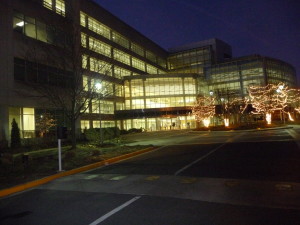
So after that huge irritation, I went back to searching through the archives. I ended up spending 6 hours looking through 10 rolls of film. After reviewing the 150 pictures I took of the documents, only 2 of them apply to my topic.
So here are some things I learned while at the National Archives at College Park.
- Leave much earlier in the morning. It takes forever to get there. Half the day was travel, which was good reading time. But remember to have paper and pencil handy or the reading goes to waste.
- Take food. They have free lockers, and microwaves. If you need to eat their food, do it before 2 PM.
- Figure out what rolls of film, and approximate frame numbers you need before you go. Fortunately, I had done that. It saved hours of time. I only got through half of the rolls I need to look at. Fortunately there were some good indexes for the film I need. You can find them at the Archive’s site to purchase copies of film. Type in a keyword in the index’s title. Then click on the index you want. Usually there is a PDF version of the index you want. And best of all… The PDF is SEARCHABLE! Man, that saves a bunch of time.
- Figure out how you want to make copies of the microfilm. The College Park location doesn’t have the ability to scan the documents to a computer yet. You can print them on paper, though. But what works the easiest is to just take a picture of the screen with your digital camera.
- Figure out a plan for referencing where the copies came from. It does you no good to take a bunch of pictures or make a bunch of paper copies if you don’t know which roll of film and which frame the document came from. I thought I had a pretty decent system. Take a picture, make a note in a spreadsheet which roll, frame, and a bit about the document. Looking back, the notes I made were much too vague. A much better system is to write the Record number, roll number and frame number on a piece of paper and tape it to the screen next to the document. Taking a picture automatically records that info right next to the document. You have to get paper and pencil from the Archives, hopefully they have tape too.
My next trip is this Friday. I won’t have the whole day, but with one day of experience under the belt, I think the next trip will go more smoothly. Now I just need to get some sources!
One last thing. Make a note of all of the interesting things you see, but don’t need. You might want to come back to those later. I saw a decree from Heinrich Himmler, outlawing the word “Partisan”, and some sweet pics of a Nurflügel-Segelflugzeug Horton II (below).
I can’t wait for next time.



